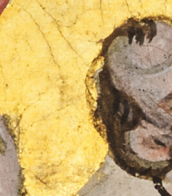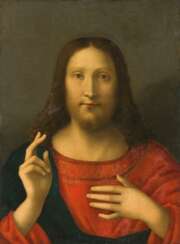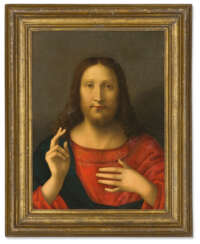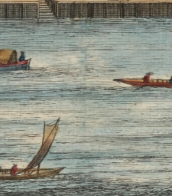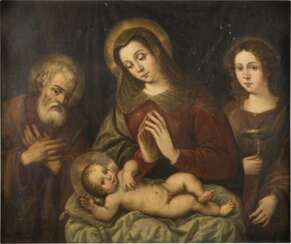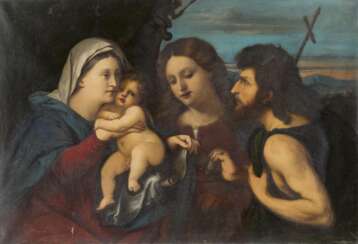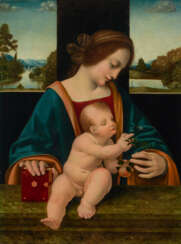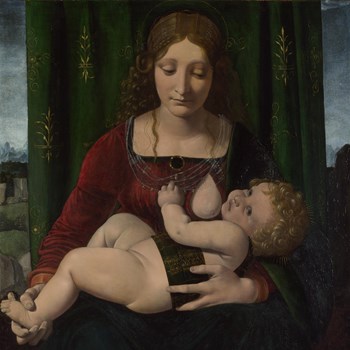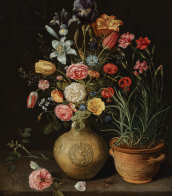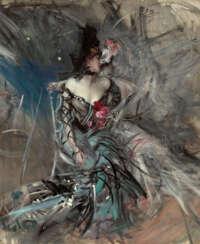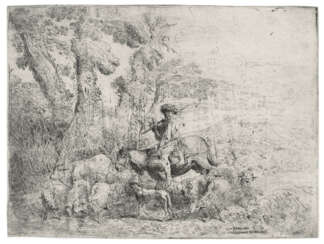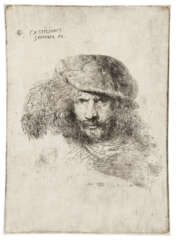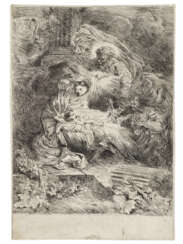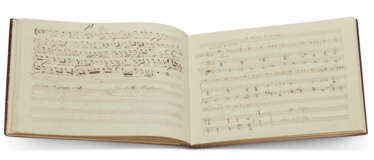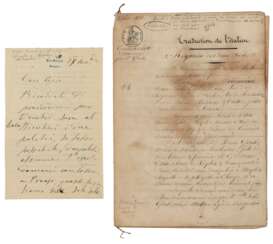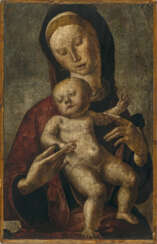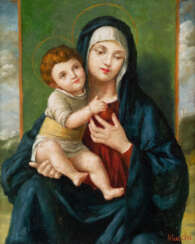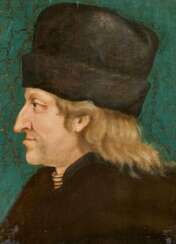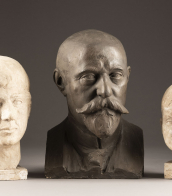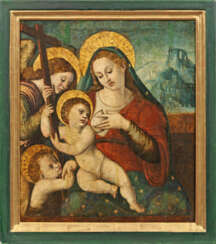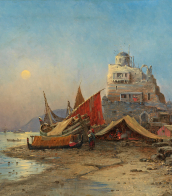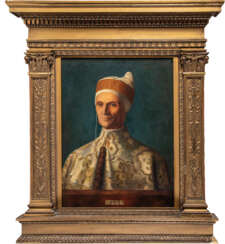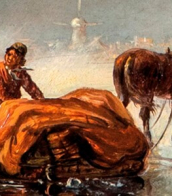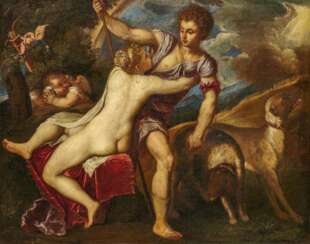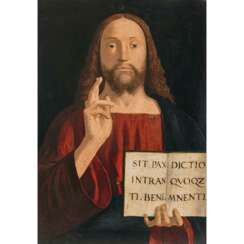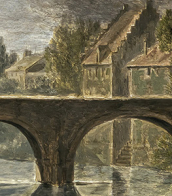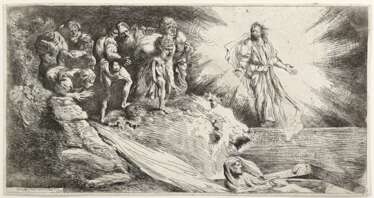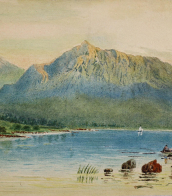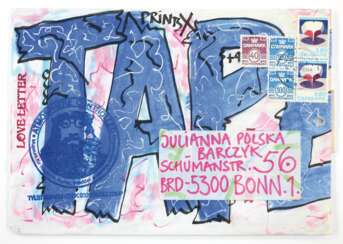giovanni bellini
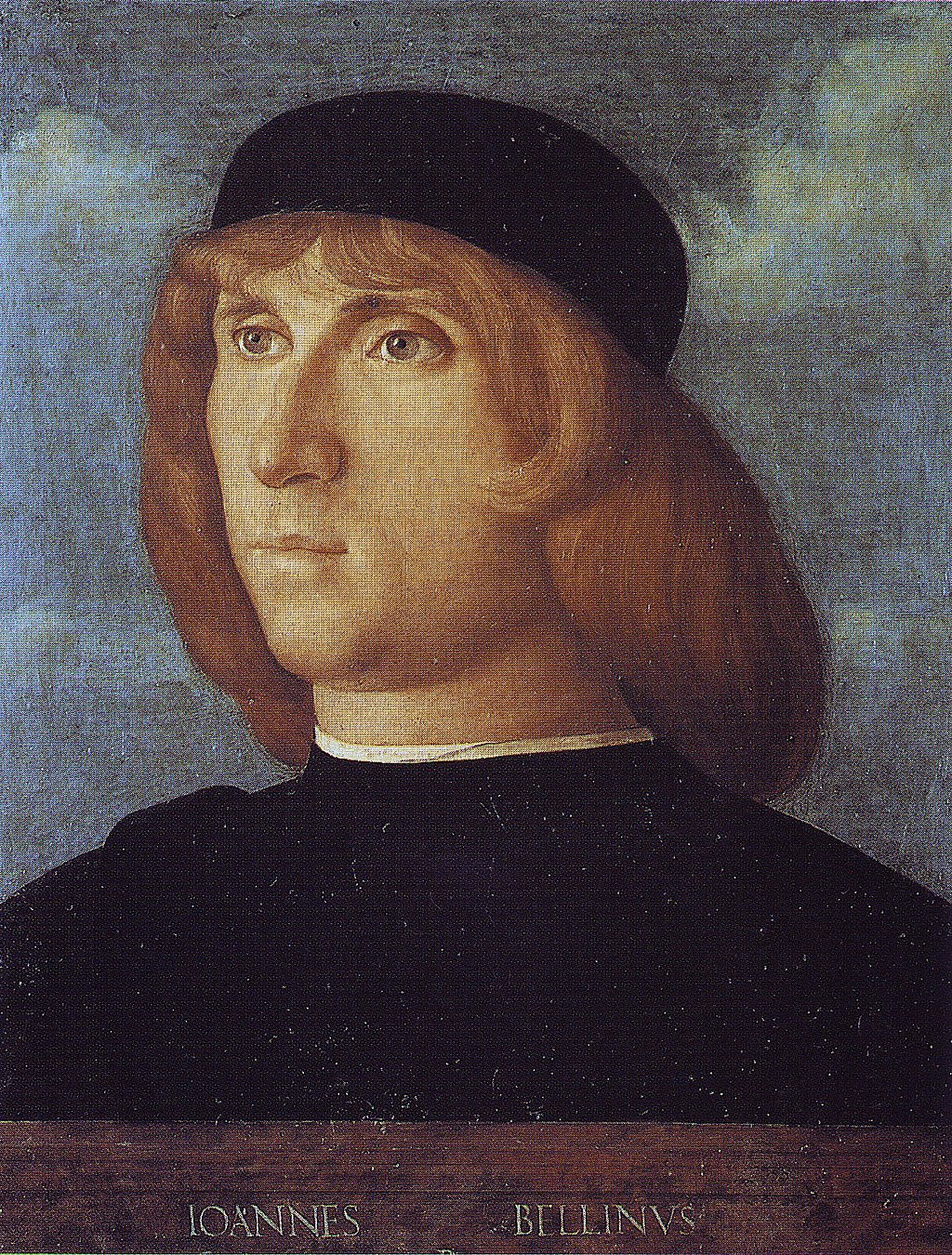
Giovanni Bellini was a renowned Italian painter, celebrated for his pivotal role in the Venetian Renaissance. Born around 1430 in Venice, Italy, Bellini's work is distinguished by its innovative use of color, keen interest in light, and meticulous brushwork, which marked a significant departure from the styles of his predecessors and contemporaries. He is acknowledged as one of the most influential figures of the Bellini family, a lineage of esteemed Venetian painters that profoundly shaped the course of Venetian art.
Bellini's oeuvre spans religious altarpieces, portraits, and mythological scenes, demonstrating a gradual evolution from the narrative-driven compositions of the Early Renaissance to a more nuanced naturalism and emotional depth. Notable works include the "San Zaccaria Altarpiece," celebrated for its serene beauty and imposing presence, and "The Feast of the Gods," a secular piece illustrating Bellini's late career shift towards more naturalistic mythologies and exploration of erotic themes in accordance with the trends of early 16th-century Renaissance art.
His early works, characterized by the use of tempera, exhibit a unique blend of the Paduan school's severity and a profound religious sentimentality, setting the stage for his later mastery of oil painting. This mastery allowed Bellini to achieve unparalleled atmospheric effects and a harmonious blend of colors, contributing significantly to the development of Venetian painting. His contributions were not limited to his own works; Bellini also played a crucial role as a teacher, influencing future generations of artists including Giorgione and Titian, thus ensuring his lasting impact on the Renaissance art movement.
Giovanni Bellini's works are preserved in several prestigious museums and galleries worldwide, serving as a testament to his enduring legacy in the art world. His ability to infuse his paintings with a sense of divine tranquility, coupled with his innovative techniques, has cemented his status as a key figure in the history of Western art.
For collectors and experts in art and antiques, Giovanni Bellini's work represents not only a pinnacle of Renaissance artistry but also a bridge between the medieval and modern worlds. His nuanced approach to color, light, and composition continues to inspire and attract admiration from across the globe.
Stay updated on new discoveries, sales, and auction events related to Giovanni Bellini's work by signing up for our updates. This subscription ensures you're informed about the latest opportunities to engage with the legacy of one of Venice's most illustrious painters.
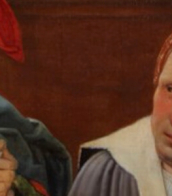

Giovanni Bellini was a renowned Italian painter, celebrated for his pivotal role in the Venetian Renaissance. Born around 1430 in Venice, Italy, Bellini's work is distinguished by its innovative use of color, keen interest in light, and meticulous brushwork, which marked a significant departure from the styles of his predecessors and contemporaries. He is acknowledged as one of the most influential figures of the Bellini family, a lineage of esteemed Venetian painters that profoundly shaped the course of Venetian art.
Bellini's oeuvre spans religious altarpieces, portraits, and mythological scenes, demonstrating a gradual evolution from the narrative-driven compositions of the Early Renaissance to a more nuanced naturalism and emotional depth. Notable works include the "San Zaccaria Altarpiece," celebrated for its serene beauty and imposing presence, and "The Feast of the Gods," a secular piece illustrating Bellini's late career shift towards more naturalistic mythologies and exploration of erotic themes in accordance with the trends of early 16th-century Renaissance art.
His early works, characterized by the use of tempera, exhibit a unique blend of the Paduan school's severity and a profound religious sentimentality, setting the stage for his later mastery of oil painting. This mastery allowed Bellini to achieve unparalleled atmospheric effects and a harmonious blend of colors, contributing significantly to the development of Venetian painting. His contributions were not limited to his own works; Bellini also played a crucial role as a teacher, influencing future generations of artists including Giorgione and Titian, thus ensuring his lasting impact on the Renaissance art movement.
Giovanni Bellini's works are preserved in several prestigious museums and galleries worldwide, serving as a testament to his enduring legacy in the art world. His ability to infuse his paintings with a sense of divine tranquility, coupled with his innovative techniques, has cemented his status as a key figure in the history of Western art.
For collectors and experts in art and antiques, Giovanni Bellini's work represents not only a pinnacle of Renaissance artistry but also a bridge between the medieval and modern worlds. His nuanced approach to color, light, and composition continues to inspire and attract admiration from across the globe.
Stay updated on new discoveries, sales, and auction events related to Giovanni Bellini's work by signing up for our updates. This subscription ensures you're informed about the latest opportunities to engage with the legacy of one of Venice's most illustrious painters.
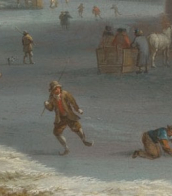
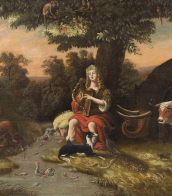
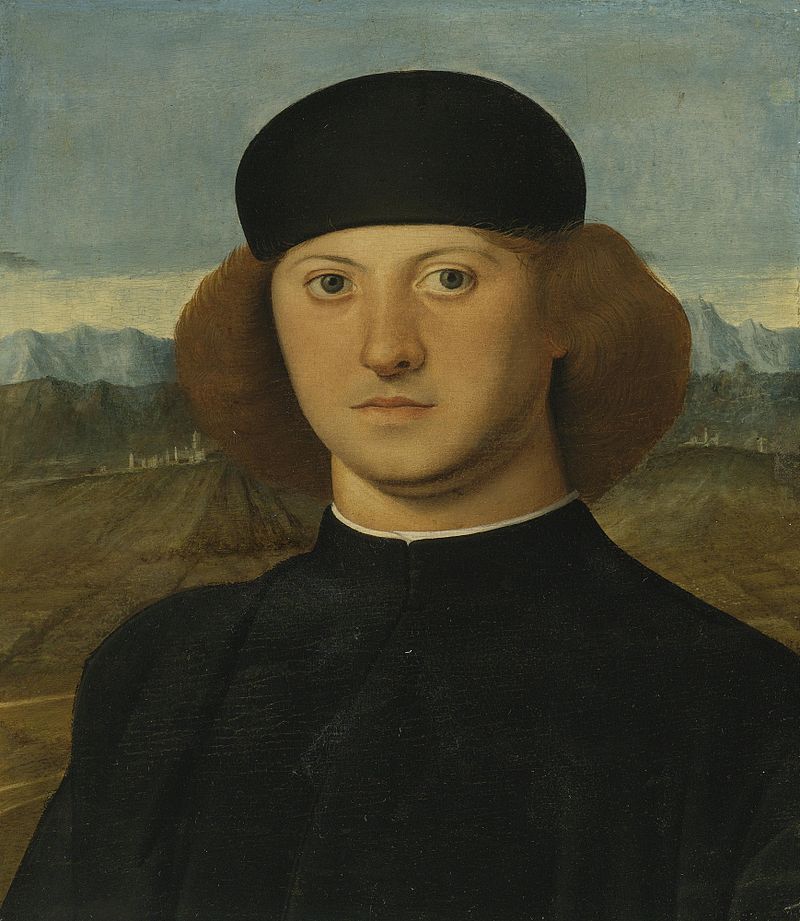
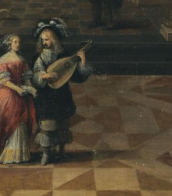
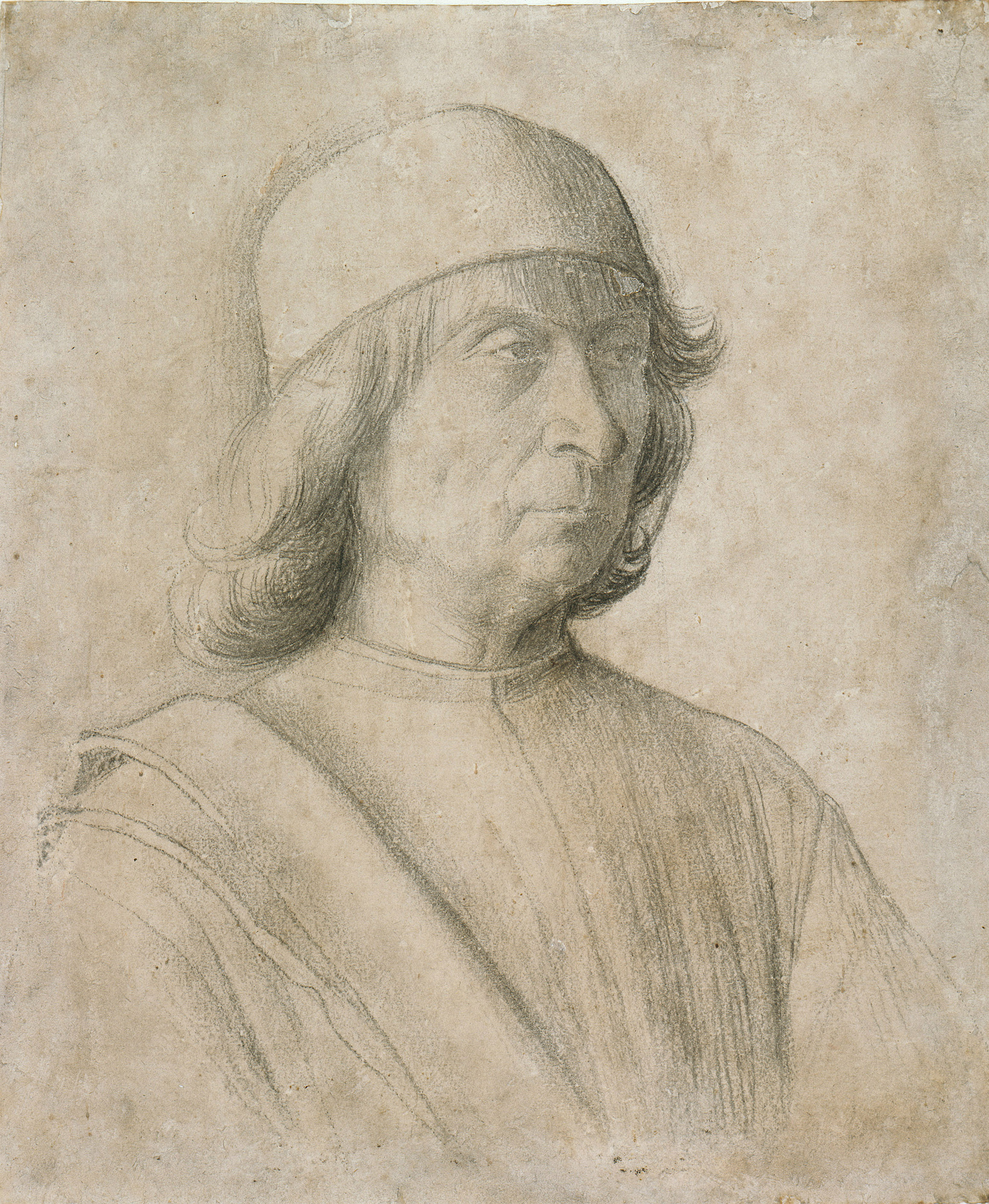
Gentile Bellini was a seminal Venetian painter, born circa 1429 into Venice’s preeminent family of artists. Known primarily for his portraiture and scenes depicting the Middle East, Bellini's style was marked by precise execution and keen attention to detail. His paintings, especially those from his time in Constantinople, showcased an enchanting blend of Western and Eastern artistic elements, contributing significantly to the Orientalist movement in Western art.
His works are renowned for their incorporation of architectural elements from the regions he visited, which played a pivotal role in educating Europeans about cultures beyond their borders. Bellini served as a cultural ambassador to the Ottoman Court, painting the portrait of Sultan Mehmed II, a work that remains notable for its vivid portrayal and historical significance.
Despite the destruction of many of his paintings, some of Bellini's masterpieces continue to be celebrated, such as "The Miracle of the True Cross at the Bridge of San Lorenzo" and "The Procession in Piazza San Marco," which reflect the grandeur and spirit of Venice during the Renaissance.
Bellini's legacy extends beyond his canvases, influencing the craft and direction of future artists, including his student Titian. While contemporary critics often regard his brother, Giovanni Bellini, as the more accomplished artist, Gentile's contributions to the Venetian school and his role in bridging Western and Eastern art remain undisputed.
For collectors and art experts, Gentile Bellini's work represents a confluence of cultural narratives and artistic excellence. To stay informed about exhibitions and sales featuring Gentile Bellini's work, signing up for updates can provide an exclusive edge in the art and antiques sphere.
If you're interested in exploring Gentile Bellini's works further or considering acquisitions for your collection, don't hesitate to sign up for updates on new product sales and auction events related to this pivotal artist. This service promises a business-like and direct approach to keeping you informed without unnecessary flourish.
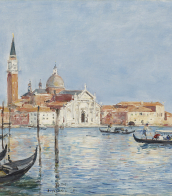
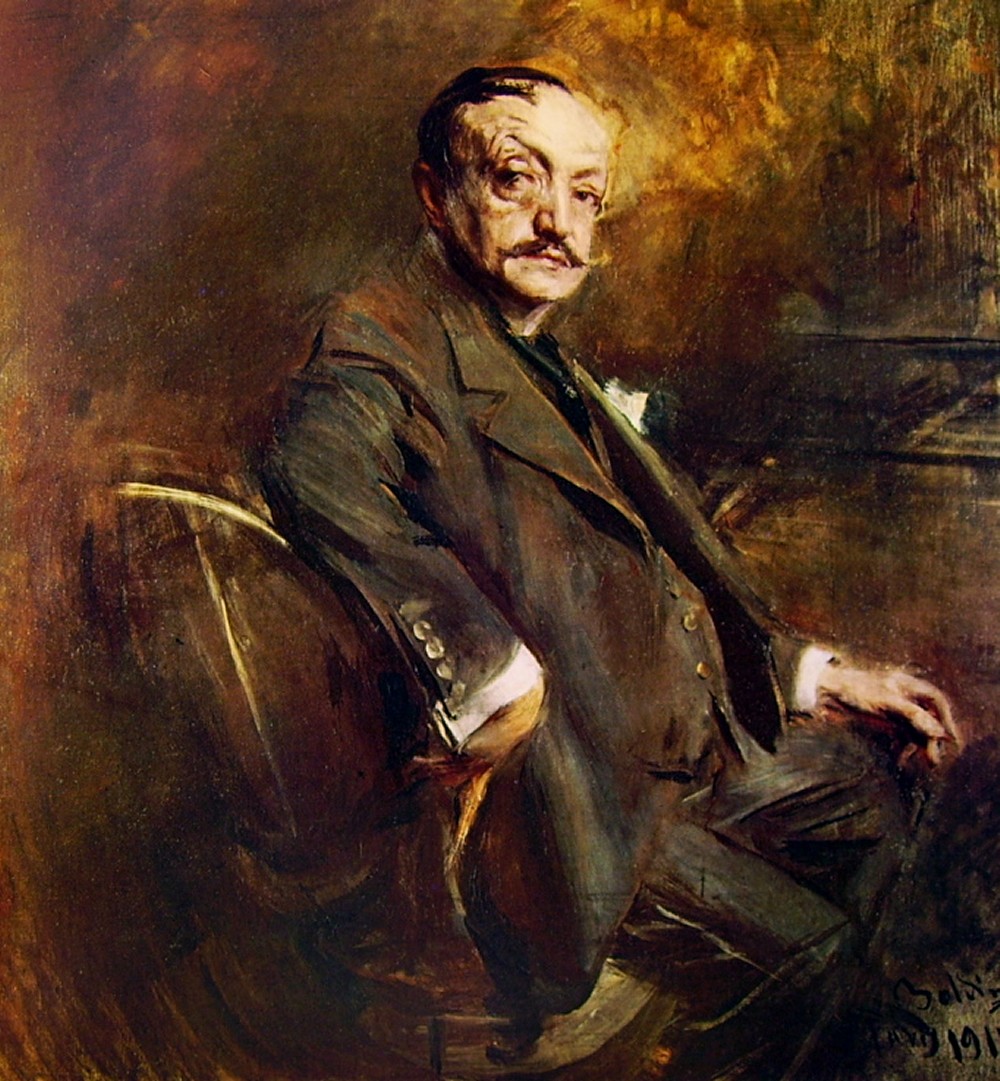
Giovanni Boldini was an Italian genre and portrait painter who lived and worked in Paris for most of his career. According to a 1933 article in Time magazine, he was known as the "Master of Swish" because of his flowing style of painting.
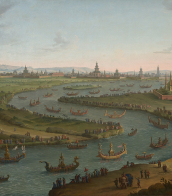
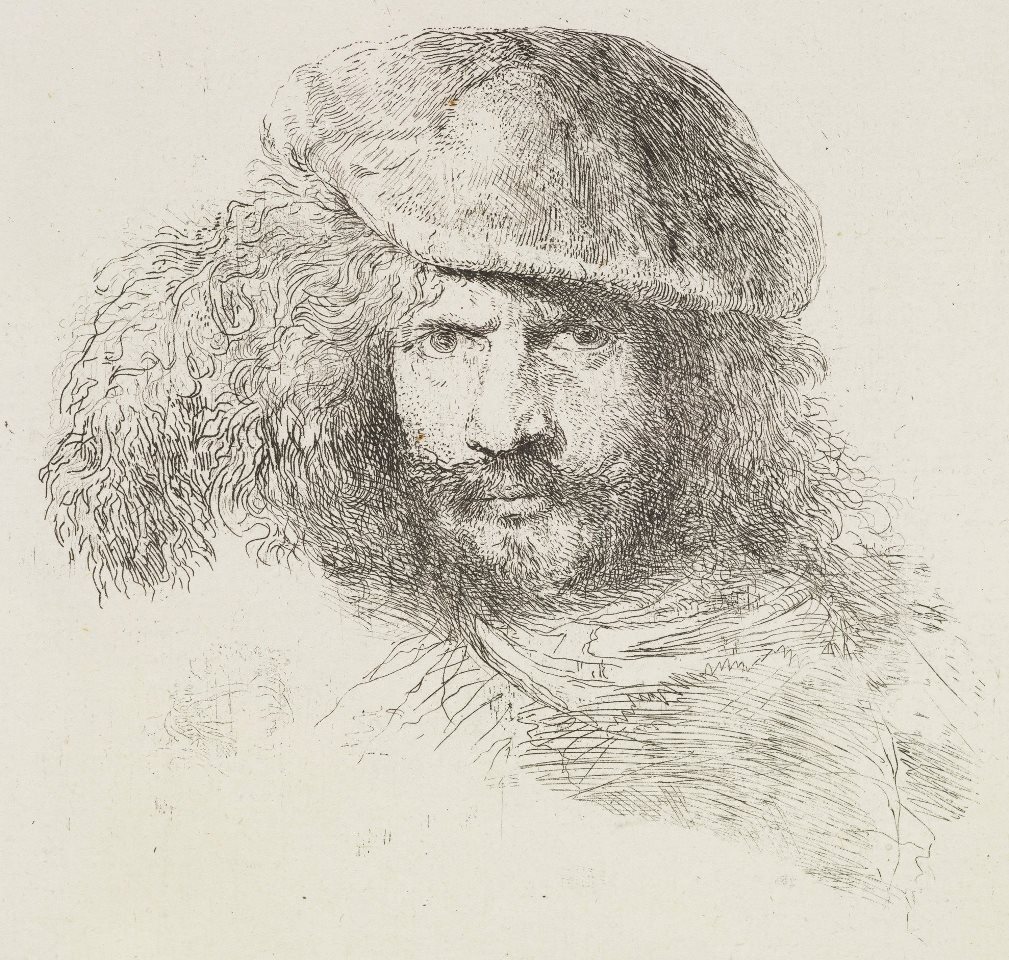
Giovanni Benedetto Castiglione or Il Grechetto was an Italian Baroque painter, draftsman and printmaker.
He is one of the prominent representatives of the Genoese school, working at various times in Genoa, Venice and Rome. Castiglione is believed to be the author of monotype, a type of graphic art and a technique of printmaking that is not engraving.
Castiglione was a versatile and prolific painter, while working in a wide variety of styles that he studied carefully. His paintings pay tribute to Rubens, Van Dyck and Bernardo Strozzi, who worked in Genoa, and his etchings pay tribute to Rembrandt. Castiglione painted expressive portraits, historical and religious works and landscapes, and excelled in rural scenes with animals.
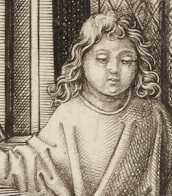

Giovanni Benedetto Castiglione or Il Grechetto was an Italian Baroque painter, draftsman and printmaker.
He is one of the prominent representatives of the Genoese school, working at various times in Genoa, Venice and Rome. Castiglione is believed to be the author of monotype, a type of graphic art and a technique of printmaking that is not engraving.
Castiglione was a versatile and prolific painter, while working in a wide variety of styles that he studied carefully. His paintings pay tribute to Rubens, Van Dyck and Bernardo Strozzi, who worked in Genoa, and his etchings pay tribute to Rembrandt. Castiglione painted expressive portraits, historical and religious works and landscapes, and excelled in rural scenes with animals.


Giovanni Benedetto Castiglione or Il Grechetto was an Italian Baroque painter, draftsman and printmaker.
He is one of the prominent representatives of the Genoese school, working at various times in Genoa, Venice and Rome. Castiglione is believed to be the author of monotype, a type of graphic art and a technique of printmaking that is not engraving.
Castiglione was a versatile and prolific painter, while working in a wide variety of styles that he studied carefully. His paintings pay tribute to Rubens, Van Dyck and Bernardo Strozzi, who worked in Genoa, and his etchings pay tribute to Rembrandt. Castiglione painted expressive portraits, historical and religious works and landscapes, and excelled in rural scenes with animals.


Giovanni Benedetto Castiglione or Il Grechetto was an Italian Baroque painter, draftsman and printmaker.
He is one of the prominent representatives of the Genoese school, working at various times in Genoa, Venice and Rome. Castiglione is believed to be the author of monotype, a type of graphic art and a technique of printmaking that is not engraving.
Castiglione was a versatile and prolific painter, while working in a wide variety of styles that he studied carefully. His paintings pay tribute to Rubens, Van Dyck and Bernardo Strozzi, who worked in Genoa, and his etchings pay tribute to Rembrandt. Castiglione painted expressive portraits, historical and religious works and landscapes, and excelled in rural scenes with animals.



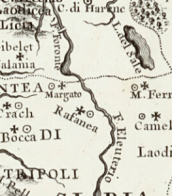
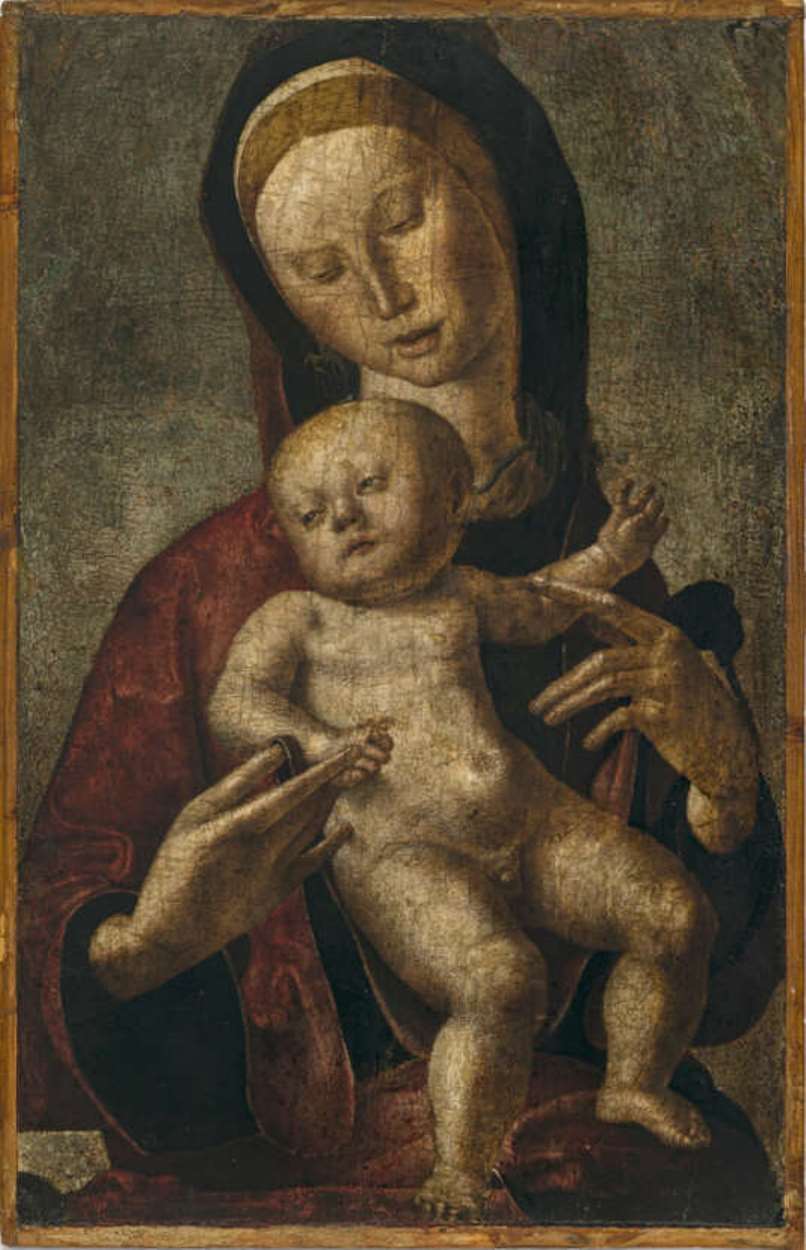
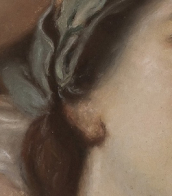
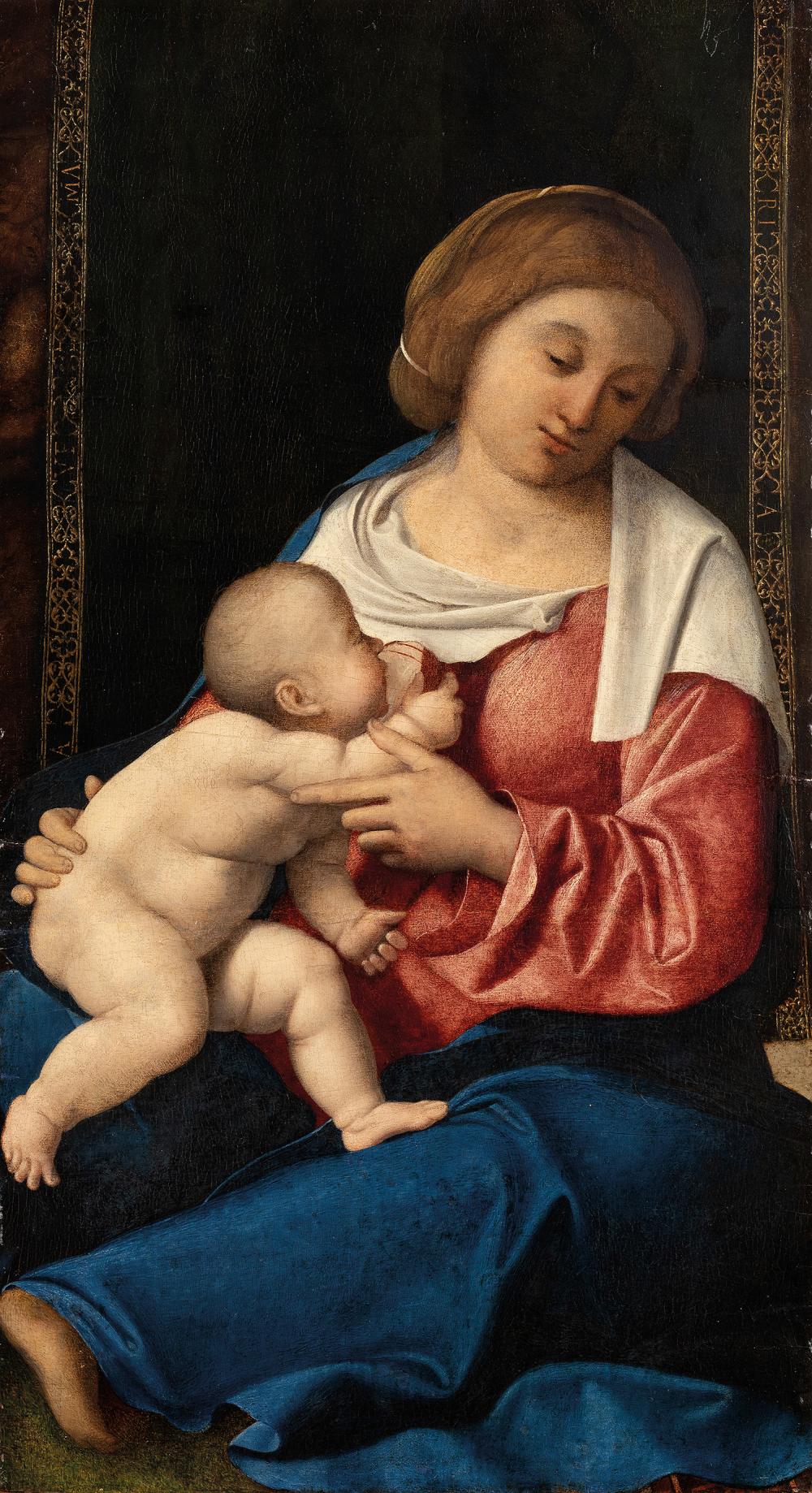
Vincenzo dalle Destre or Vincenzo dai Destri was an Italian painter who worked in Treviso and Venice from 1488.
In 1530 Destre was included among the members of the brotherhood of painters of Venice. He painted altars and churches with scenes from the Bible, and his skill was highly valued by his contemporaries.
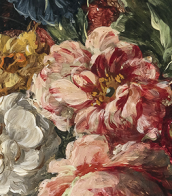
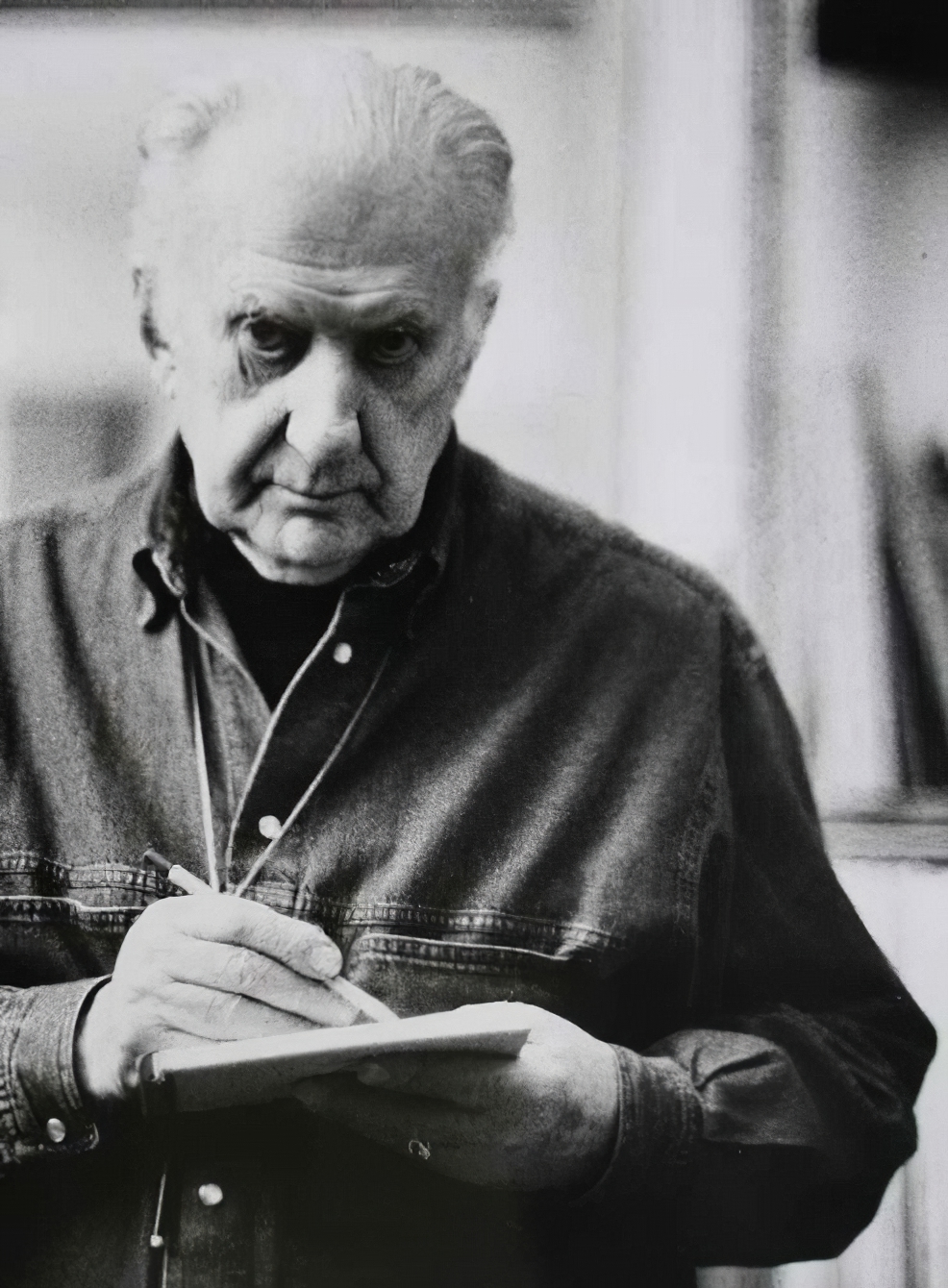
Gabriele Mucchi was an Italian painter, graphic artist and architect. He is considered a co-founder of New Realism.
Gabriele Mucci studied civil engineering and architecture at the University of Bologna. His name became known outside Italy for his impressive frescoes, and his studio became a meeting place for the anti-fascist group Corrente.
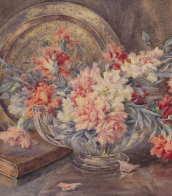
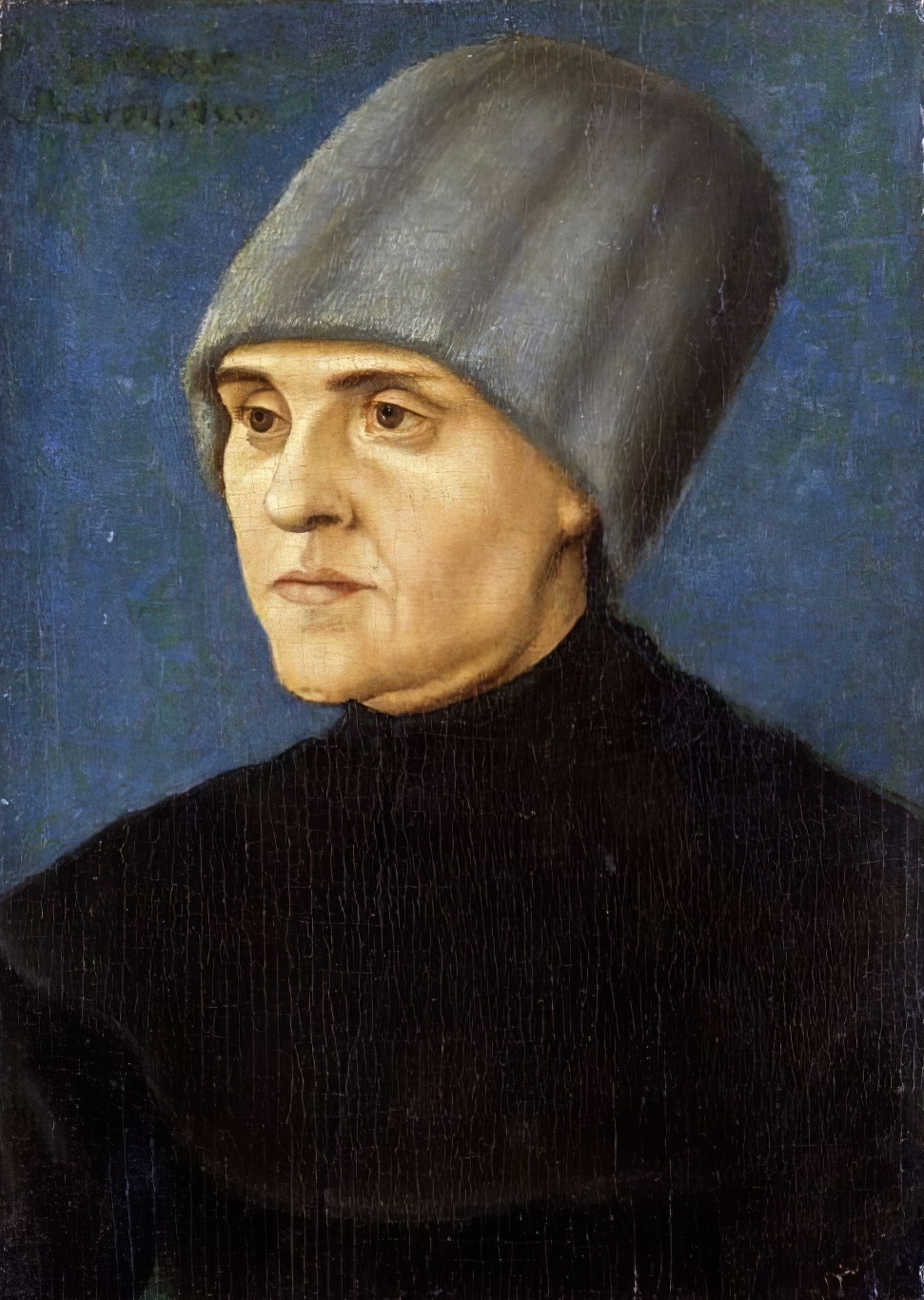
Hans Burgkmair the Elder was a German Renaissance painter, graphic artist and sculptor. He came from a family of painters. He studied painting with Martin Schongauer in Colmar from 1488.
Hans Burgkmayr was a versatile artist, working in various techniques including painting, woodcuts, stained glass designs and tapestries. He was known for his complex and detailed style, which included elements of naturalism and symbolism.
Burgkmayr's paintings often depicted religious and mythological themes, as well as historical events. His style is influenced by the Italian Renaissance, particularly in its attention to anatomical accuracy and use of perspective.
One of Hans Burgkmayr's significant contributions was in the field of engraving. His woodcuts were highly regarded for their technical skill and artistic quality.
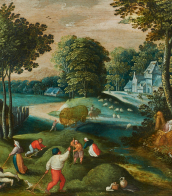
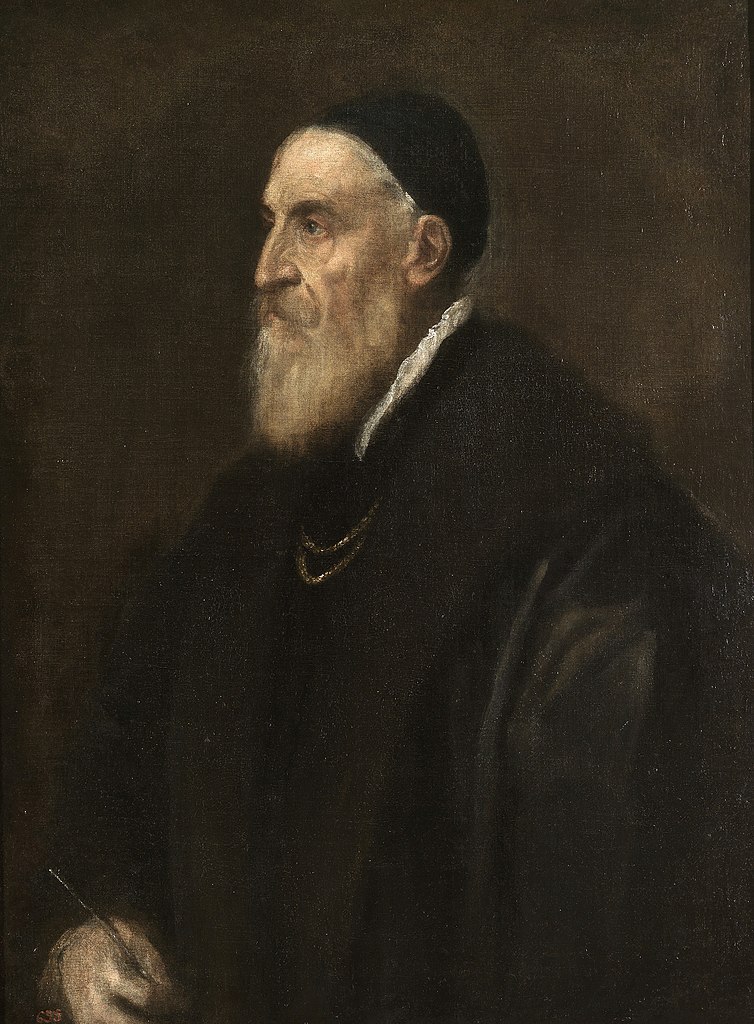
Tiziano Vecellio, an Italian Renaissance painter from Venice, stands out as a pivotal figure in the art world, renowned for his versatility across various genres like portraits, landscapes, and religious subjects. His influence on the development of Western art, particularly through his revolutionary use of color, is profound and long-lasting.
Born around 1488/90 in Pieve di Cadore, part of the then Republic of Venice, Titian's talent was evident early on. He began his artistic journey in the studio of the Bellini brothers in Venice, later joining forces with Giorgione, another influential painter of the time. This collaboration marked the beginning of a distinguished career that would see Titian become the most sought-after painter in Europe, working for nobility, the Habsburgs, and the papacy.
Titian's style evolved significantly throughout his career. He initially gained recognition for his vibrant, luminous colors and later became famous for his loose brushwork and subtle tonality. This shift was not just a matter of aesthetics but also represented a deeper understanding of color and light. Titian's approach to painting, particularly his use of colore, where he juxtaposed colors to define compositions, contrasted sharply with the line-focused disegno technique of the time. This method contributed significantly to the distinctiveness of Venetian art.
Among his many patrons, Emperor Charles V and his son, Philip II of Spain, were perhaps the most notable. As their official painter, Titian created numerous portraits and mythological works that were celebrated for their psychological depth and expressive use of color. His 'poesie' series for Philip II, including famous works like "Diana and Actaeon," showcased his skill in portraying mythological narratives with a sense of drama and sensuality.
Titian's later works, created in the 1560s and 1570s, are particularly revered for their experimental nature, pushing his art towards what has been termed 'magic impressionism'. These works, like "The Death of Actaeon" and the unfinished "Pietà", demonstrate a radical departure from his earlier style and reflect a continued evolution even in his later years.
For art collectors and experts, Titian's oeuvre represents a crucial link in the history of European art, illustrating the transition from the Renaissance to a more modern, expressive form of painting. His mastery of color and light, combined with his ability to convey deep emotional resonance, continues to influence artists and captivate viewers centuries later.
To stay updated on artworks and auction events related to Tiziano Vecelli, consider signing up for updates. This subscription will ensure you are informed about new product sales and auction events related to this remarkable artist.
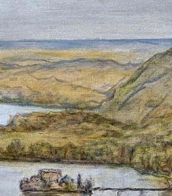

Giovanni Bellini was a renowned Italian painter, celebrated for his pivotal role in the Venetian Renaissance. Born around 1430 in Venice, Italy, Bellini's work is distinguished by its innovative use of color, keen interest in light, and meticulous brushwork, which marked a significant departure from the styles of his predecessors and contemporaries. He is acknowledged as one of the most influential figures of the Bellini family, a lineage of esteemed Venetian painters that profoundly shaped the course of Venetian art.
Bellini's oeuvre spans religious altarpieces, portraits, and mythological scenes, demonstrating a gradual evolution from the narrative-driven compositions of the Early Renaissance to a more nuanced naturalism and emotional depth. Notable works include the "San Zaccaria Altarpiece," celebrated for its serene beauty and imposing presence, and "The Feast of the Gods," a secular piece illustrating Bellini's late career shift towards more naturalistic mythologies and exploration of erotic themes in accordance with the trends of early 16th-century Renaissance art.
His early works, characterized by the use of tempera, exhibit a unique blend of the Paduan school's severity and a profound religious sentimentality, setting the stage for his later mastery of oil painting. This mastery allowed Bellini to achieve unparalleled atmospheric effects and a harmonious blend of colors, contributing significantly to the development of Venetian painting. His contributions were not limited to his own works; Bellini also played a crucial role as a teacher, influencing future generations of artists including Giorgione and Titian, thus ensuring his lasting impact on the Renaissance art movement.
Giovanni Bellini's works are preserved in several prestigious museums and galleries worldwide, serving as a testament to his enduring legacy in the art world. His ability to infuse his paintings with a sense of divine tranquility, coupled with his innovative techniques, has cemented his status as a key figure in the history of Western art.
For collectors and experts in art and antiques, Giovanni Bellini's work represents not only a pinnacle of Renaissance artistry but also a bridge between the medieval and modern worlds. His nuanced approach to color, light, and composition continues to inspire and attract admiration from across the globe.
Stay updated on new discoveries, sales, and auction events related to Giovanni Bellini's work by signing up for our updates. This subscription ensures you're informed about the latest opportunities to engage with the legacy of one of Venice's most illustrious painters.
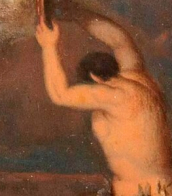
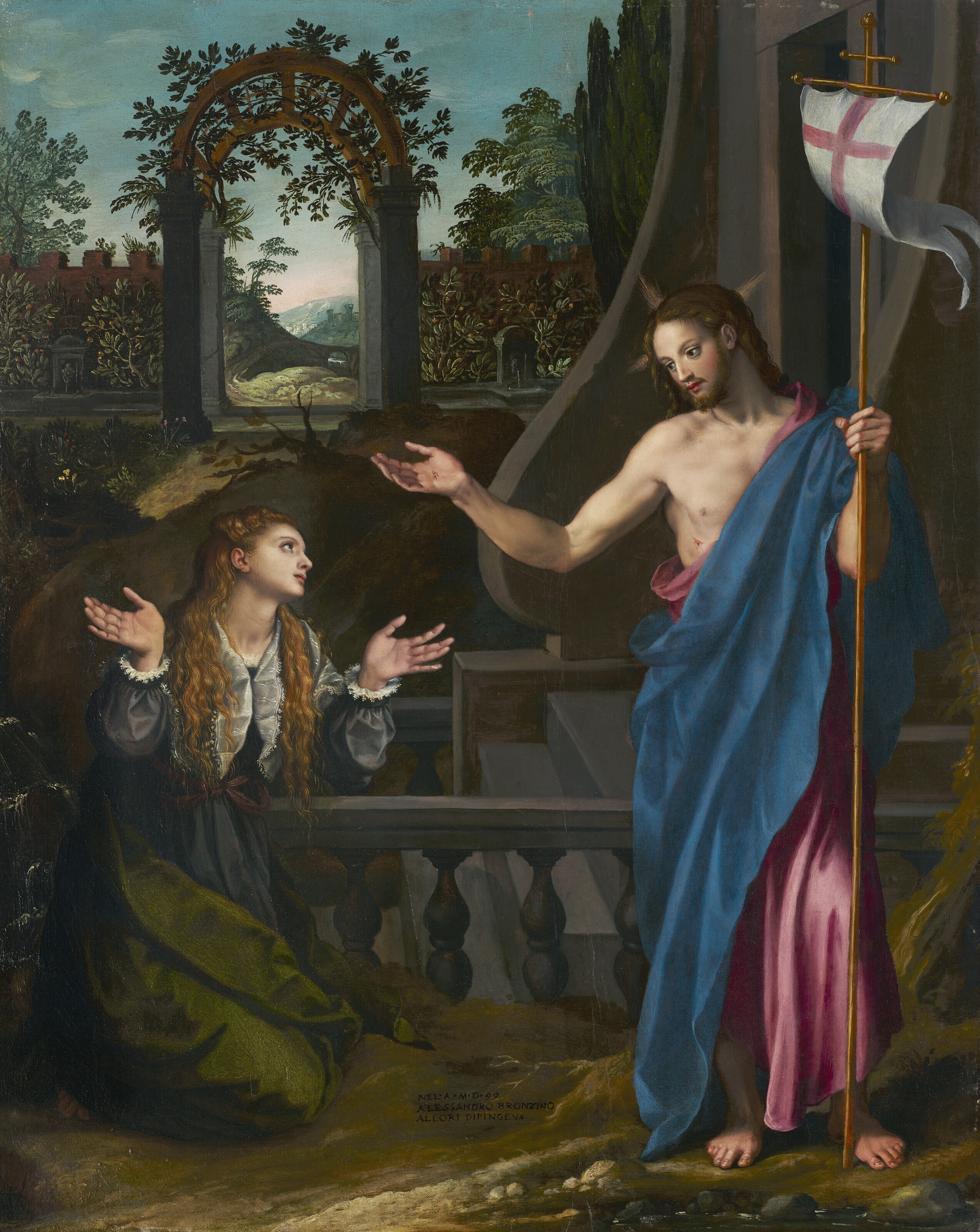
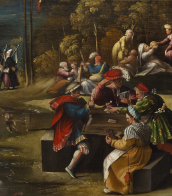
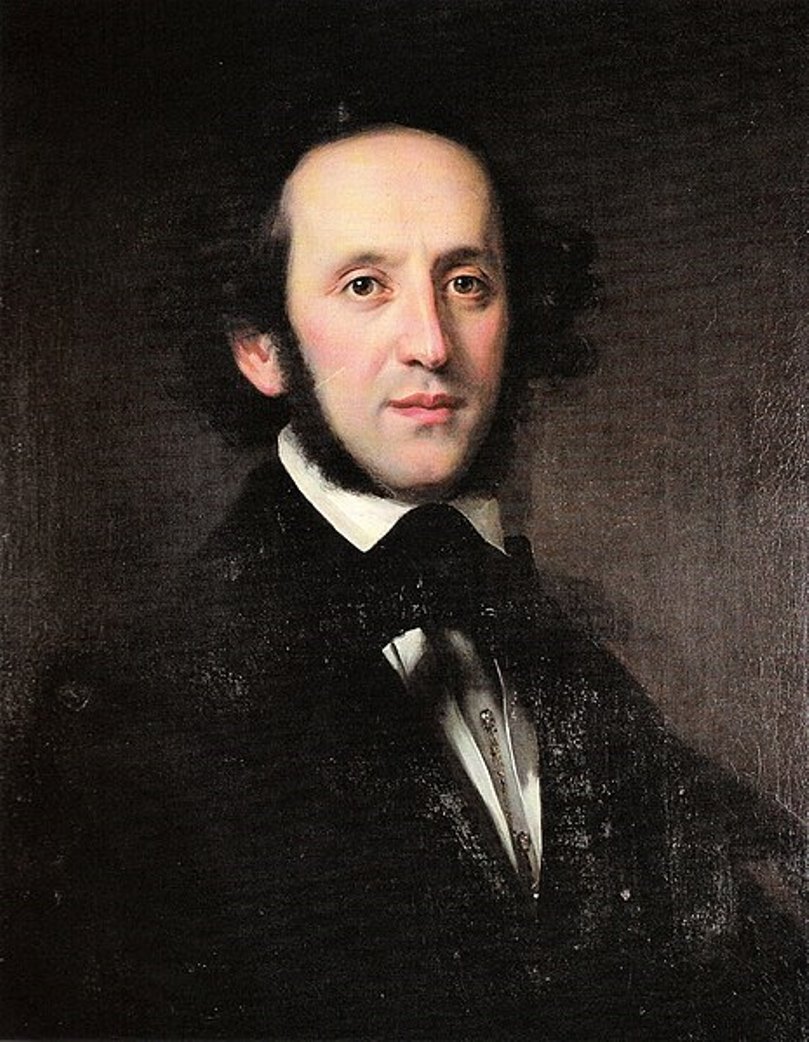
Felix Mendelssohn (full name Jakob Ludwig Felix Mendelssohn Bartholdy) was a German composer, pianist, conductor, teacher, and one of the greatest representatives of Romanticism in music.
Felix was born into a Jewish musical family that later converted to Christianity. He received a versatile education and already as a child wrote many musical compositions, including 5 operas, 11 symphonies for string orchestra, concertos, sonatas and fugues. Mendelssohn's first public performance took place in Berlin in 1818, when he was nine years old. In 1821 Mendelssohn was introduced to J.W. von Goethe, for whom he performed works by J.S. Bach and Mozart and to whom he dedicated his Piano Quartet No. 3 in B minor. A friendship developed between the famous wise poet and the 12-year-old musician.
A few years later, the talented musician began conducting in various orchestras in Europe, and became acquainted with Carl Weber. In England, where Mendelssohn visited very often, by the middle of the 19th century his music had become very popular, even with Queen Victoria he was the most favorite composer. He dedicated his Symphony No. 3 in A minor major (Scottish Symphony) to the Queen.
Among Mendelssohn's most famous works are A Midsummer Night's Dream (1826), the Italian Symphony (1833), a violin concerto (1844), two piano concertos (1831, 1837), the oratorio Elijah (1846) and several chamber pieces. The tradition of playing the "Wedding March" from A Midsummer Night's Dream in wedding processions dates back to its performance at the wedding of a royal princess in 1858, already after Mendelssohn's death.
In 1843, Mendelssohn founded a conservatory in Leipzig, where he taught composition with Schumann. Mendelssohn was one of the first great Romantic composers of the nineteenth century.
